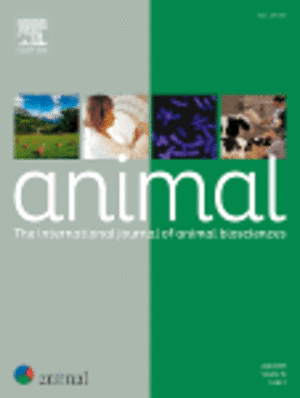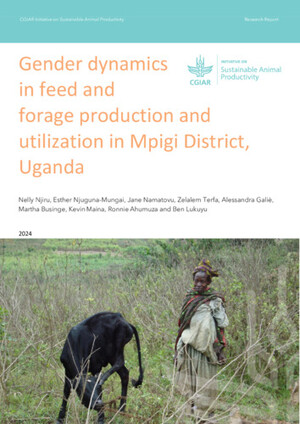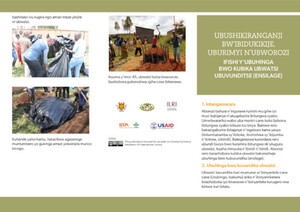
The impact of forage condition on household food security in northern Kenya and southern Ethiopia
Abstract
We studied the causal link between forage condition and food security in northern Kenya and southern Ethiopia and probed the mechanisms through which the effects occur. The study utilized weekly panel survey data collected over a period of 94 weeks (March 2021–December 2022) from drought-prone pastoral regions and estimated two-stage least squares instrumental variables regression to assess causal impacts. We found that an increase in the normalized difference vegetation index (NDVI) – our proxy for forage condition – by 10% significantly reduced the likelihood of a household experiencing food insecurity by 12 percentage points. The main mechanisms through which improved forage condition increased food security were livestock productivity enhancement, reduced prices of basic food commodities (cereals, legumes, and vegetables), and utilization of better coping strategies by households. These findings suggest the need for interventions and initiatives aimed at boosting livestock productivity and reducing vulnerability to drought-induced poor forage conditions. Efforts focused on the monitoring of forage conditions and supporting market development for livestock feed are important for addressing the adverse impacts of drought and deteriorating forage conditions in the horn of Africa. Furthermore, the monitoring of drought conditions and shocks using high-frequency data has the potential for providing early warning and informing anticipatory action.
Citation
Alulu, V.H., Shikuku, K.M., Lepariyo, W., Paliwal, A., Galgallo, D., Gobu, W. and Banerjee, R. 2024. The impact of forage condition on household food security in northern Kenya and southern Ethiopia. Food Security









